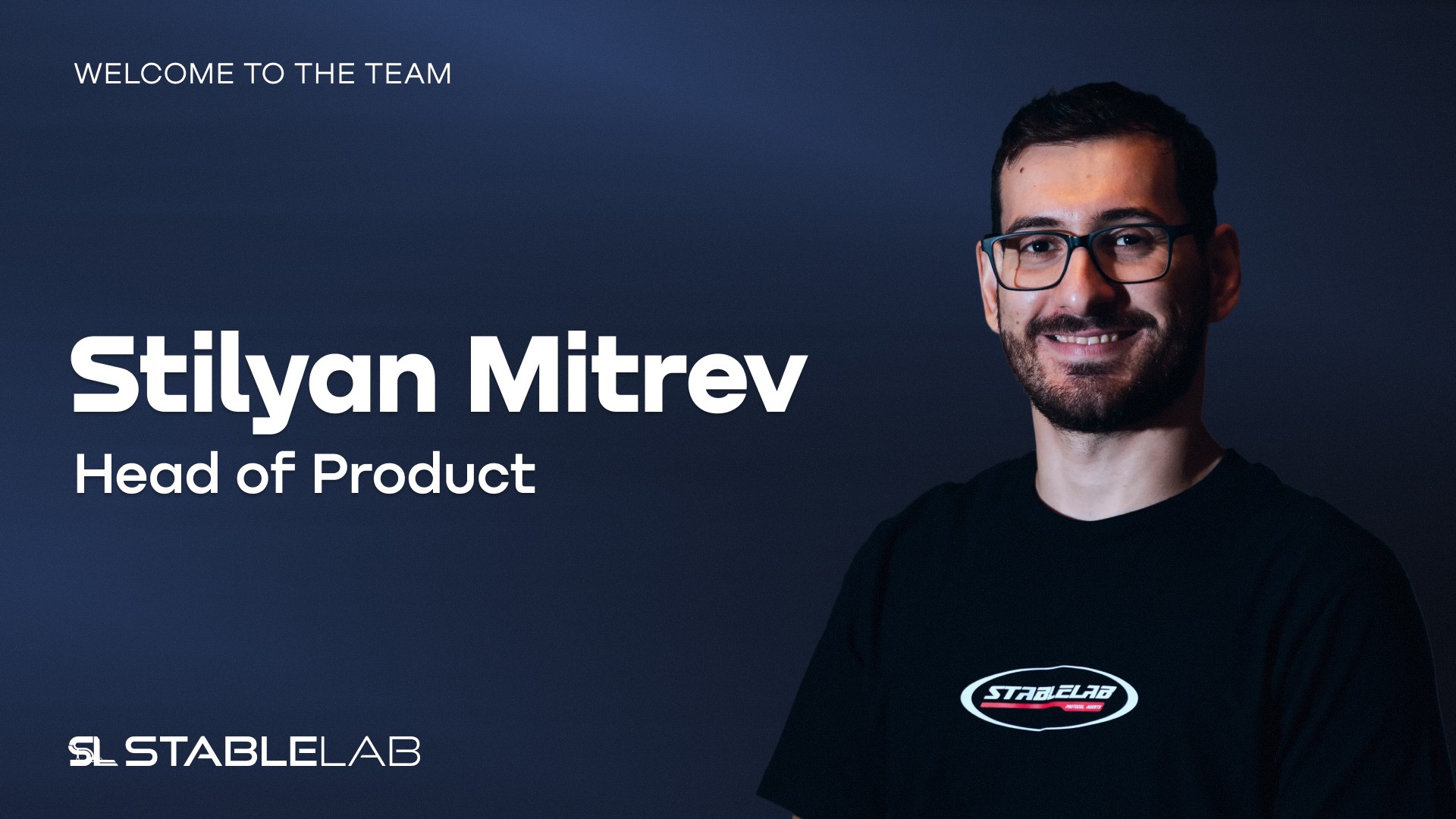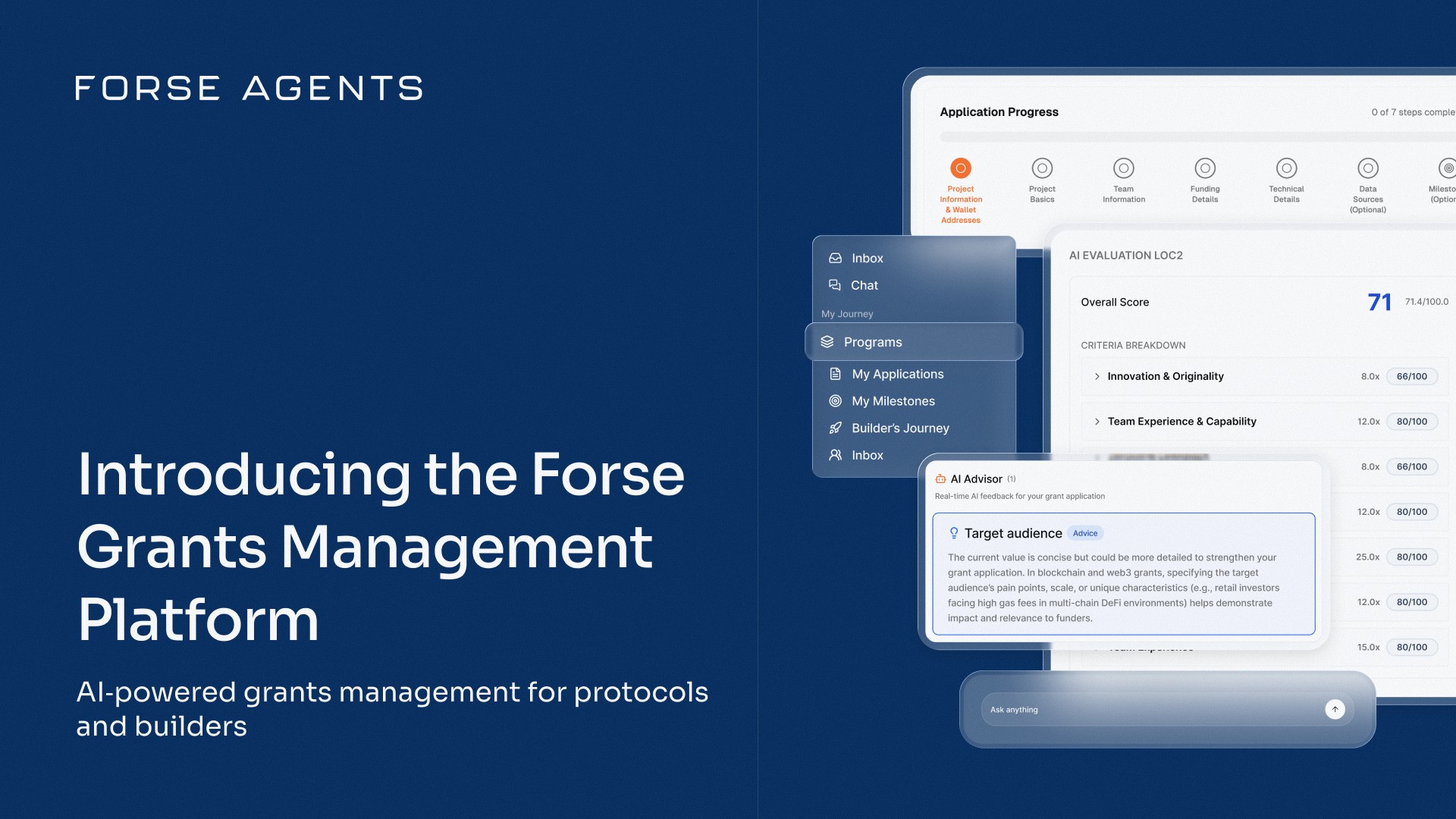If decentralization is the destination, delegation is the vehicle—and regulators are finally asking for the odometer.
In our latest Interview Series, we explored a central question in Web3: how can DAOs demonstrate compliance through decentralization? For governance researcher Mel.eth, the key is delegation. Not as a side feature of token voting, but as a first-class governance and accounting primitive.
Delegation, when structured and auditable, turns decentralization into something reportable and regulator-ready.
The urgency is clear. Under Europe’s MiCA, fully decentralized arrangements may fall outside certain regulatory obligations. In the U.S., the Ooki DAO case underscored that “decentralization theatre” won’t satisfy enforcement.
The bar is moving from claims to proof, and delegation, when tracked and reported, is how DAOs can meet it.
Meet Mel
Mel Oxenreider (Mel.eth) is a StableLab delegate and governance researcher. Before Web3, he spent two decades designing financial controls for New York City banks and agencies—millions moved daily under his oversight, safeguarded against fraud and waste.
That real-world discipline shapes his DAO work. He cut his teeth at Index Coop’s governance groups, later publishing the Oxcart Method on vote-capital accounting. At StableLab, his focus is on turning delegation into evidence: quorum theory, decentralization metrics, and audit-ready reporting.
Mel’s ethos; Honesty, Reason, Service, Continuity, runs through both his research and his delegate practice. On X, he sums it up in one line: “ur vote is so money. be change.” Delegation, for him, is not theater. It’s a system of accountability that both communities and regulators can trust.
Delegation as Proof of Decentralization
Decentralization needs to be visible, repeatable, and verifiable. Delegation is how you make that happen.
Mel frames it through three lenses:
Technical: Eliminate single points of failure. No lone admin who can flip a switch—use multisigs, timelocks, and distributed signers.
Legal: Regulators ask: “Who’s in charge?” If no single team controls everything, the network looks less like a security.
Social: Power can’t emanate from private group chats. Real decentralization means visible contributors shaping decisions in public.
When these align, “sufficient decentralization” stops being a slogan and becomes a measurable state.
From Theatre to Ledger
Mel’s core idea: treat governance like bookkeeping. Every delegation, vote, committee action, and treasury payment should be recorded in a governance logbook, what he calls D-GAAP (DAO Generally Accepted Practices). From that logbook, DAOs can publish simple, recurring metrics:
Turnout vs quorum: Did participation comfortably exceed the minimum, or barely scrape by?
Power spread: Is voting power concentrated? Track both the Top-N share and the HHI (Herfindahl-Hirschman Index) over time.
Traceability: Can each treasury payment be linked back to the vote that authorized it?
Risk fixes: For every governance risk, pair a time fix (rule/process change) with a budget fix (fund outreach, provide stipends, legal review).
This shifts DAOs from saying “we’re decentralized” to showing evidence anyone can audit.
The Metrics That Matter
To regulators and communities alike, three health checks stand out:
Governance Nakamoto coefficient: How many independent delegates are needed to reach majority control? Higher = healthier.
Top-N / HHI scores: Quick signals of concentration, spot when three wallets quietly become kingmakers.
Process integrity: Can an outsider follow the chain from forum discussion → on-chain vote → timelock → execution → payment? Are rationales and committee charters documented?
These aren’t theoretical. They’re practical dashboards for trust.
Delegation as Legal Risk Management
Why does structure matter? Because regulators care less about labels and more about who really controls what.
Delegated systems with clear mandates, distributed control, and auditable records lower reliance on founders and align with both MiCA expectations and look like they might meet US regulatory demands as well.
Examples show the path:
Compound’s Guardian: Narrow, time-boxed emergency powers, always ratified by the DAO.
Uniswap, ENS, Arbitrum: Clear separation between policy (delegates) and execution (foundations, working groups).
Good delegation design reduces both governance capture risk and regulatory exposure.
Quick Questions, Practical Answers
Mel distills complex issues into a few practical takeaways:
How to raise the Nakamoto coefficient? Expand the pool of independent delegates, reduce concentration with incentives, keep voting windows open longer, and publish delegate scorecards so tokenholders can re-allocate.
What actually counts as decentralization? Verifiable evidence instead of claims or labels: dispersed decision-making, transparent records, and no single point of control.
What do regulators really look for? Clarity on who holds power, how decisions are made, and whether the structure prevents hidden reliance on one actor or entity.
Why does delegation help legally? Because multi-party controls and transparent logs shift reliance away from founders, showing regulators that no single actor holds the reins.
Our Take
If regulators want proof, DAOs can’t improvise. Governance has to be something you can point to: here’s the record, here’s who decided, here’s how funds were spent.
Our north star is clear: progressive decentralization as a way to efficiency and compliance. Delegation, tracked and reported, turns vibes into verifiable records.
Coming Up Next
In our next Interview Series session, Mel and Kaf will run an internal workshop for the StableLab team on applying large language models (LLMs) to governance workflows.
We’ll explore how AI can support research, reporting, and delegation practice—highlighting both opportunities and limitations.
Stay tuned.
Share with your friends:








